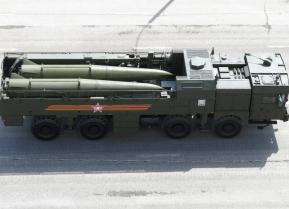U.S. Navy Aircraft Carriers are Destined for Retirement (Or Being Sunk)
China's A2/AD systems can overwhelm the defenses that protect most U.S. aircraft carriers, meaning that these carriers would either be sunk or irrevocably damaged to such a degree that they would no longer be combat-effective.
The United States Navy has made a significant investment in nuclear-powered aircraft carriers. There are currently eleven of them in service. Ten of those belong to the older Nimitz-class and one belongs to the newer, more expensive Gerald R. Ford-class (there are two more of these classes coming online over the next few years).
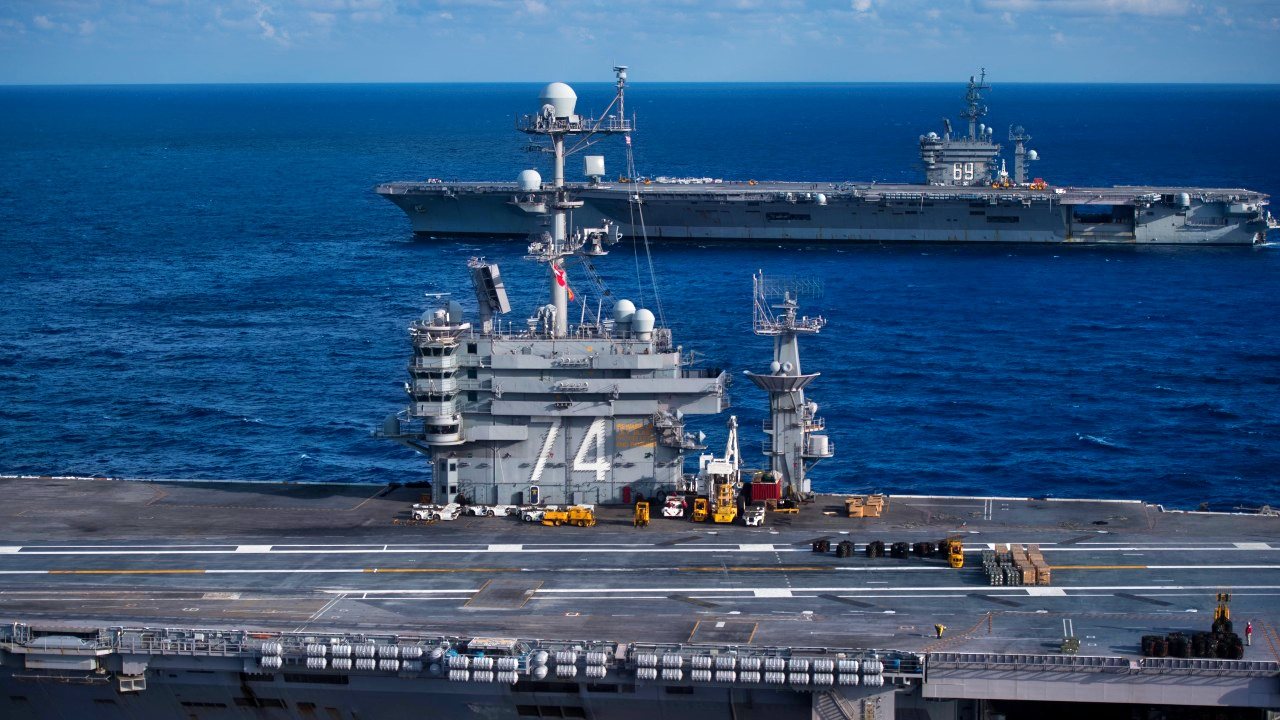
America’s entire carrier fleet is nuclear-powered (unlike the fleet that China is building, which is planned as a mixed fleet of some conventionally powered carriers and some nuclear-powered ones). But America’s carriers are expensive and complex whereas China’s carriers are less sophisticated.
This creates a strategic imbalance that, contrary to what some think, disfavors the United States.
That’s because China can build less complex, more affordable systems that are conventionally powered and designed to operate closer to China’s shores whereas the Americans must build nuclear-powered behemoths to travel vast distances to the other side of the Pacific Ocean and secure its interests. The first American nuclear-powered supercarrier was the USS Enterprise (CVN-65), launched in 1965.
Since that time, America committed itself to nuclear flattops.
Geography is Destiny
Thanks to America’s fortuitous position as being what the nineteenth-century British geostrategist Sir Halford Mackinder would describe as an “island,” North America is far removed from the bloody struggles of Eurasia—the World Island—and what Nicholas Spykman once called the “Rimland” (those littoral regions of Europe and Asia leading to the strategic heartland of Eurasia, the World Island).
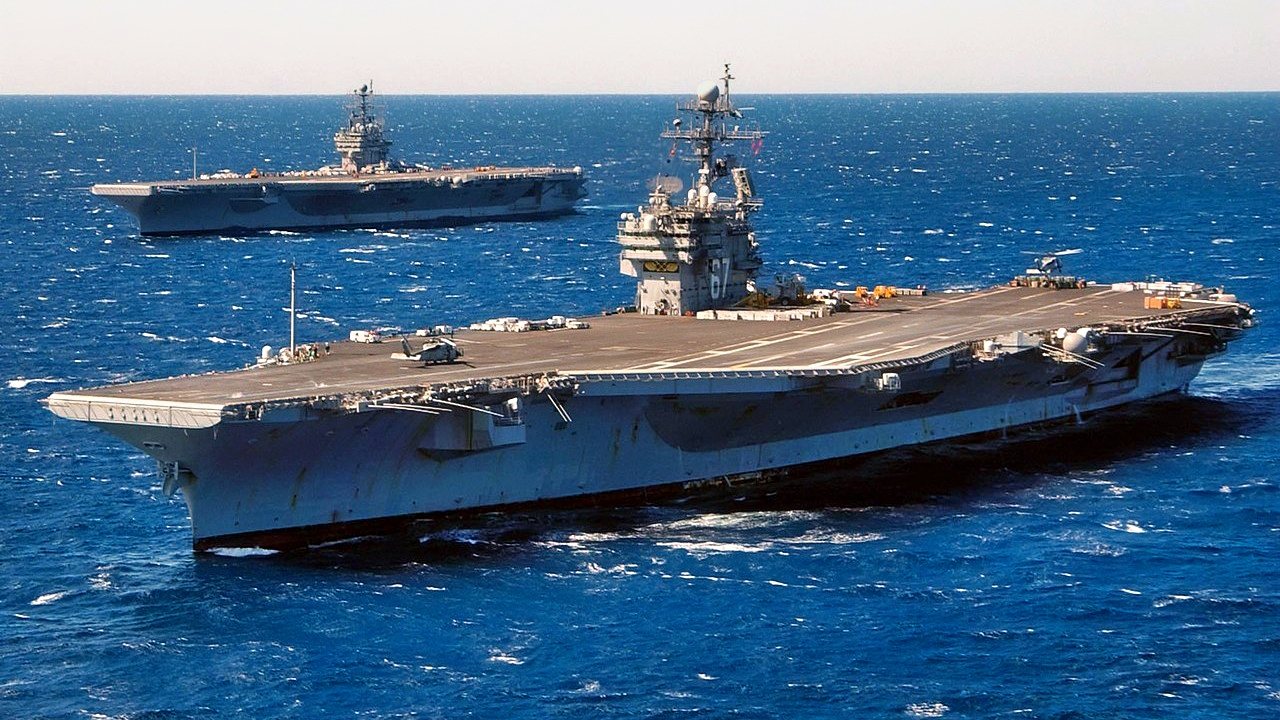
Because of this geographical reality, American carriers must traverse great distances to get to their destinations along the coastline of Eurasia. Therefore, the Pentagon determined that it was more efficient to pay the extra money to build nuclear-powered supercarriers rather than conventionally powered carriers.
If the U.S. Navy had built aircraft carriers that were conventionally powered and sent them to the Navy’s usual Areas of Responsibility (AOR), the amount of bunker fuel they’d burn through would be enormous. Thus, the idea that a conventionally powered carrier would be cheaper than its nuclear-powered sibling would go out the porthole.
Basically, the costs of maintaining a fleet of conventional carriers across the vast distances separating the United States from the rest of the world would make it an impractical endeavor, both logistically and cost-wise.
Of course, with the likelihood of a shooting war erupting between the United States and a near-peer rival, such as China, being at all-time highs, the concern must be over the consequences of losing even one, expensive nuclear-powered carrier. Not only would the loss of such a system be a massive blow to the United States, but it would also create an ecological catastrophe for the region of the sea that the carrier sank (its nuclear reactor would inevitably irradiate the area).
If I’ve Said It Once, I’ll Say It a Million Times…
In fact, the entire concept of a fleet of gargantuan flat tops is ridiculous, given the advent of complex anti-access/area denial (A2/AD) systems of the kind that China has installed throughout its coastal territories and on its illegal manmade islands in the South China Sea. A2/AD essentially cuts the U.S. Navy’s carrier power projection off at the knees.
The A2/AD systems can overwhelm the defenses that protect most U.S. aircraft carriers, meaning that these carriers would either be sunk or irrevocably damaged to such a degree that they would no longer be combat-effective.
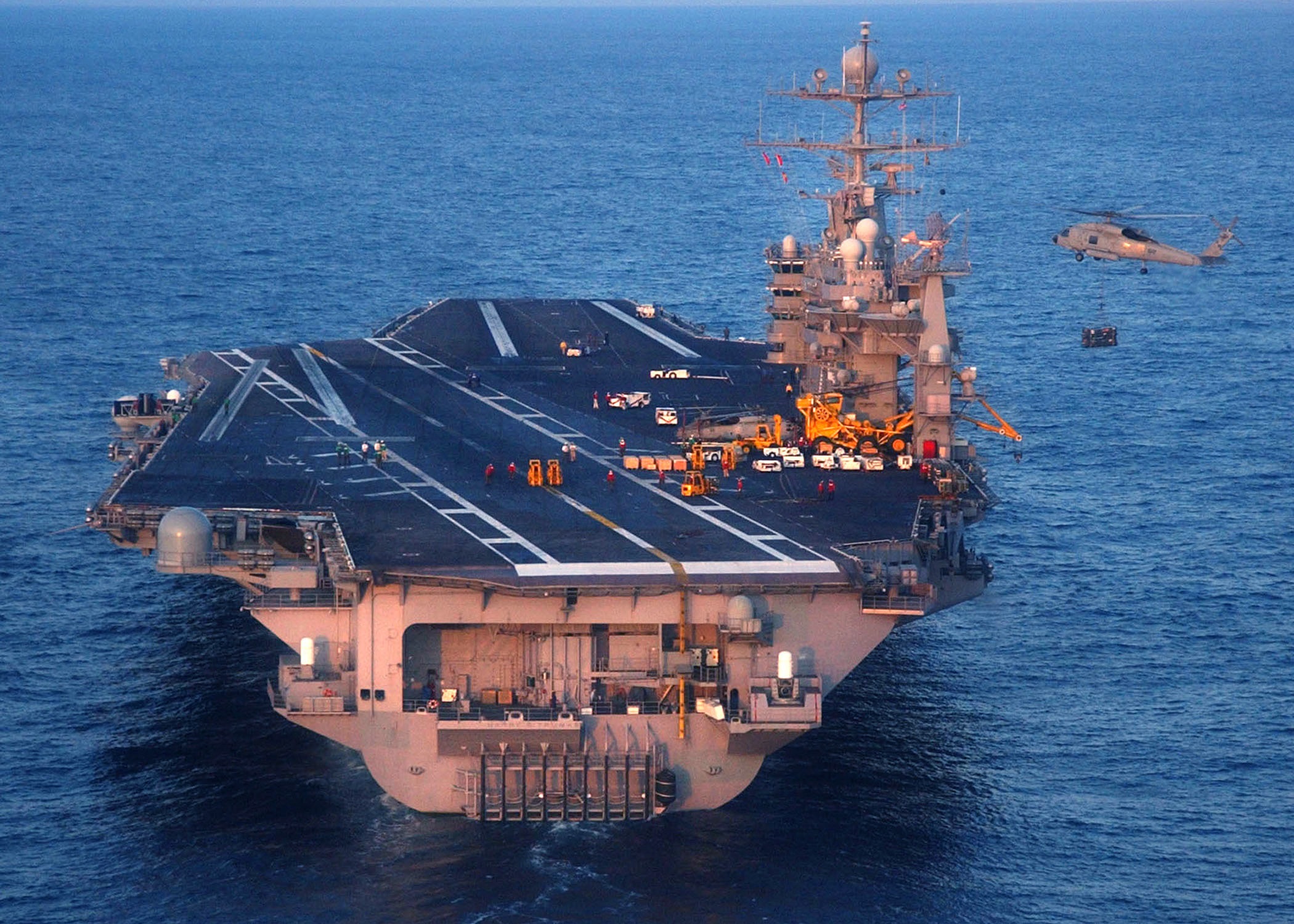
Therefore, it’s a waste of precious resources to build more aircraft carriers. The Americans should recognize that they need to overcome the Chinese A2/AD advantages. They also must develop and deploy forces that are harder to kill, stealthier, faster, and expendable—much more than costly flat tops are.
What the Navy Should Build
Things like unmanned underwater vehicles (UUV), such as DARPA’s experimental Manta, more submarines, and better long-range systems (possibly hypersonic weapons of our own) should be among the Navy’s priorities. Not building any kind of new aircraft carrier—especially not an inefficient and costly conventionally powered flat top.
Besides, American allies, such as India and Japan, are developing their own aircraft carriers. These carriers operate much closer to China’s shores and the areas that would likely be included in any conflict with China.
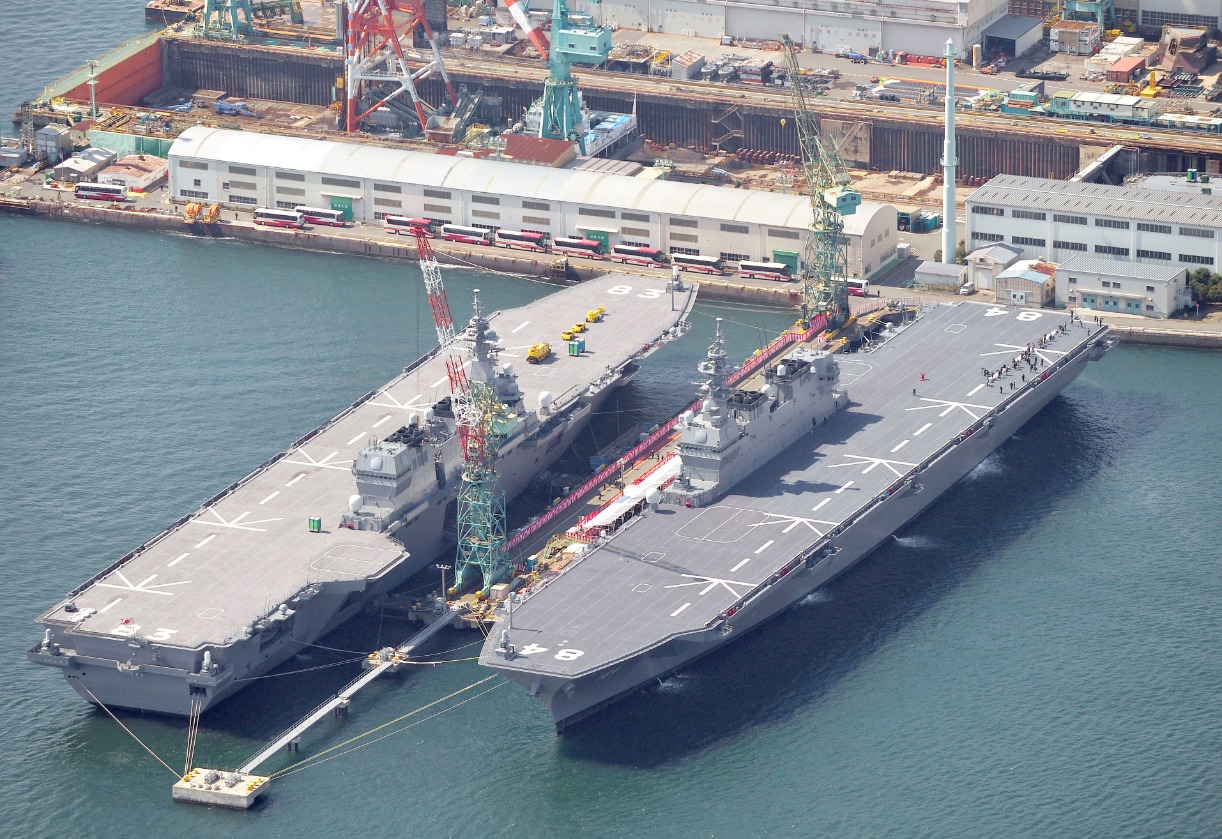
Let those allies take the lead in responding to Chinese provocations with their own carriers while America focuses on developing and deploying forces that will actually make a difference in any war with China.
About the Author:
Brandon J. Weichert is a former Congressional staffer and geopolitical analyst who is a contributor at The Washington Times, as well as at American Greatness and the Asia Times. He is the author of Winning Space: How America Remains a Superpower (Republic Book Publishers), Biohacked: China’s Race to Control Life, and The Shadow War: Iran’s Quest for Supremacy. Weichert can be followed via Twitter @WeTheBrandon.
